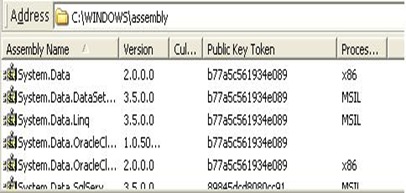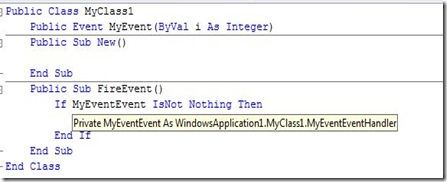By default whne .NET framework install then it will install global assembly cache to operating system root drive:\windows\assembly.
In order to change its location you need to update following registry.
Go to HKEY_LOCAL_MACHINE\SOFTWARE\Microsoft\Fusion
Add CacheLocation (REG_SZ) key and set it to new location.
Suppose your new location is c:\bkfrm then CacheLocation c:\bkfrm. Now .NET framework search for assembly directory inside c:\bkfrm.
Use code to backup assembly and give source directory c:\windows\assembly and destination (f you take c:\bkfrm) then c:\bkfrm\assembly. (assembly folder must required in any of case).
Note: It is required to change in registry so it may cause problem.


